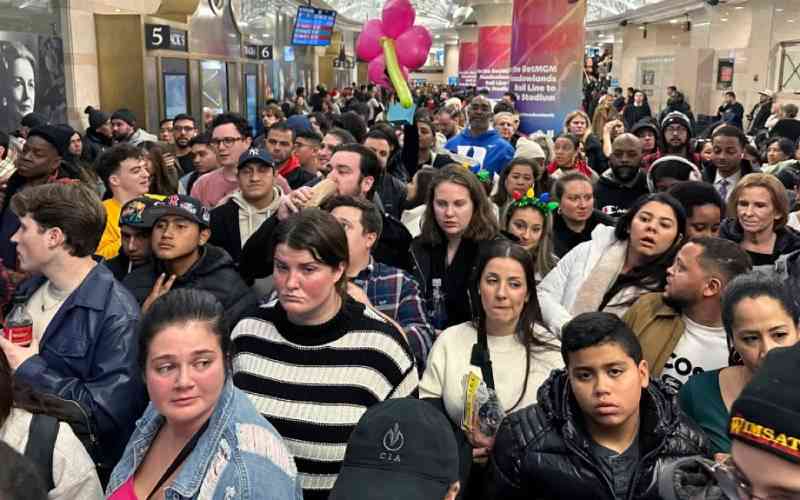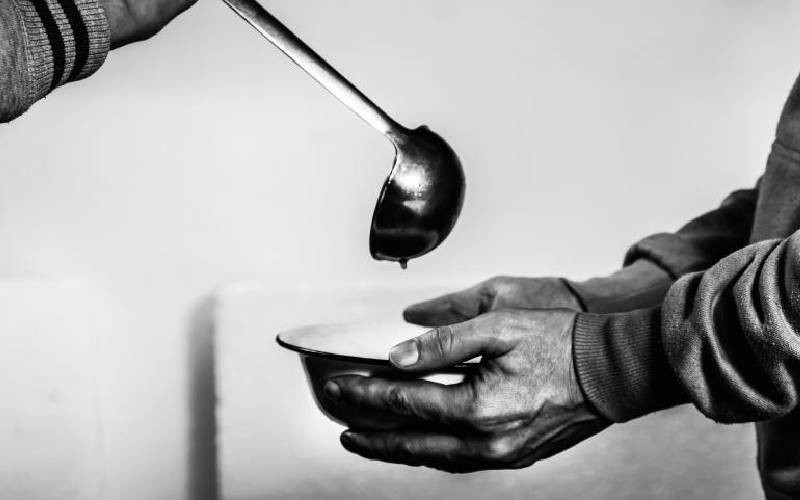Even though the concept of indigeneity has been accepted in international law, it remains controversial in many places, including Africa. That’s because the term indigenous peoples has a complicated political economy. In Kenya, for example, the Maasai have cornered the claim internationally as an indigenous people. The Ogiek, a Kalenjin language group, also claim indigeneity. The definition is most stark in white-dominated settler societies such as the Americas, Australia, and New Zealand. It is, however, murkier in marginalised post-colonial states which are themselves victims of a scandalous, hegemonist, and racist international legal order and state system. While I wholly support the normative concept of indigeneity, I believe it needs interrogation. The African theatre is a great crucible for the debate.
First, let me laud the 2007 UN Declaration on the Rights of Indigenous Peoples. We know that many indigenous peoples in the Americas have been subjected to genocide. Their lands were forcibly taken by European settlers and colonists. This historical fact complicates the current anti-immigrant rants by US Republican presidential nominee Donald Trump whose ancestors were German. In that sense, Mr Trump himself isn’t far removed from the immigrant experience. Native Americans, the indigenes in the United States, might have a word or two to describe him. But I digress. My point is that the UN Declaration is a progressive document that provides international legitimacy to the claims of indigenous peoples against oppressive, exploitative, and emasculating cultures and states.
In the Americas and white settler societies, it’s imperative that native peoples be protected from the predations of European imperial cultures. Even in Nordic countries and Russia, the Sami people — an indigenous people — must be given protection. The same applies to the Berber and other original African peoples in North Africa over Arab Islamic imperialism. In the absence of such guarantees, native peoples as well as their languages and cultures could be rendered extinct. Today, their conquest may not be carried out at the barrel of gun, but by the power of commerce and the ubiquity of Eurocentric and Islamic cultures. However, the key variable is the self-determination of indigenous peoples — they must decide for themselves how they need to evolve.
Second, indigeneity has been defined in three ways. One definition focuses on the priority of arrival — who got there first. In this sense, Native American claims trump — no pun intended on Mr Trump — the claims of all other groups in the Americas. The second concerns the degree of marginalisation and exploitation of the indigenous group by a dominant culture or state. Again, the Americas are a textbook case of this historical truism. The third relates to the relationship of the indigenous group to land, environment, and natural resources. Thus most indigenous groups tend to be subsistence-based pastoralists or hunter-gatherers living with nature. All these definitions are valid, but I will focus on marginalisation by the state and dominant ethnic groups.
Third, the purpose of protecting indigenous peoples shouldn’t be preserving them for Western tourists. I can’t tell him how many times I’ve heard Westerners — usually of white descent — reminisce wistfully about their East African safari and the pictures they took with Maasai morans. They valorise the Masai in the image of the Noble Savage. You get the impression that the Maasai moran might as well have been part of the wildlife. My point is that to some people in the West, the concept of indigeneity is meant to freeze indigenous people in the museum of antiquities so that white tourists can gawk at them. Put differently, please preserve the Maasai so that we can enjoy them.
Fourth, in my view, the Maasai are no more indigenous than the Kisii, the Akamba, or the Meru. So, strictly speaking indigeneity isn’t the issue here. Rather, it’s the relationship of the Kenyan colonial and post-colonial states with the Maasai that’s at issue. The colonial state expropriated the Maasai from their lands and marginalised them. The post-colonial state preserved the status quo and then allowed dominant African ethnic groups — Kikuyu, Kalenjin, and others — to move in and squeeze the Masai out. Neither the colonial state, nor its successor, bothered to build infrastructure or bring services to the Maasai. As such, the Maasai are among the most underdeveloped groups in Kenya. Their lands were taken and never returned.
Fifth, and last, the big idea about indigeneity isn’t one of categorisation as an indigenous people. The post-colonial state in Africa needs to focus on de-marginalisation of these groups. We don’t need to preserve the Maasai for the tourism industry. I get sick every time I see an airline magazine featuring the Maasai jumping up and down as white tourists click their cameras — now cellphones — away. Nor should the Maasai allow themselves to be photographed with white tourists.
 The Standard Group Plc is a
multi-media organization with investments in media platforms spanning newspaper
print operations, television, radio broadcasting, digital and online services. The
Standard Group is recognized as a leading multi-media house in Kenya with a key
influence in matters of national and international interest.
The Standard Group Plc is a
multi-media organization with investments in media platforms spanning newspaper
print operations, television, radio broadcasting, digital and online services. The
Standard Group is recognized as a leading multi-media house in Kenya with a key
influence in matters of national and international interest.
 The Standard Group Plc is a
multi-media organization with investments in media platforms spanning newspaper
print operations, television, radio broadcasting, digital and online services. The
Standard Group is recognized as a leading multi-media house in Kenya with a key
influence in matters of national and international interest.
The Standard Group Plc is a
multi-media organization with investments in media platforms spanning newspaper
print operations, television, radio broadcasting, digital and online services. The
Standard Group is recognized as a leading multi-media house in Kenya with a key
influence in matters of national and international interest.








